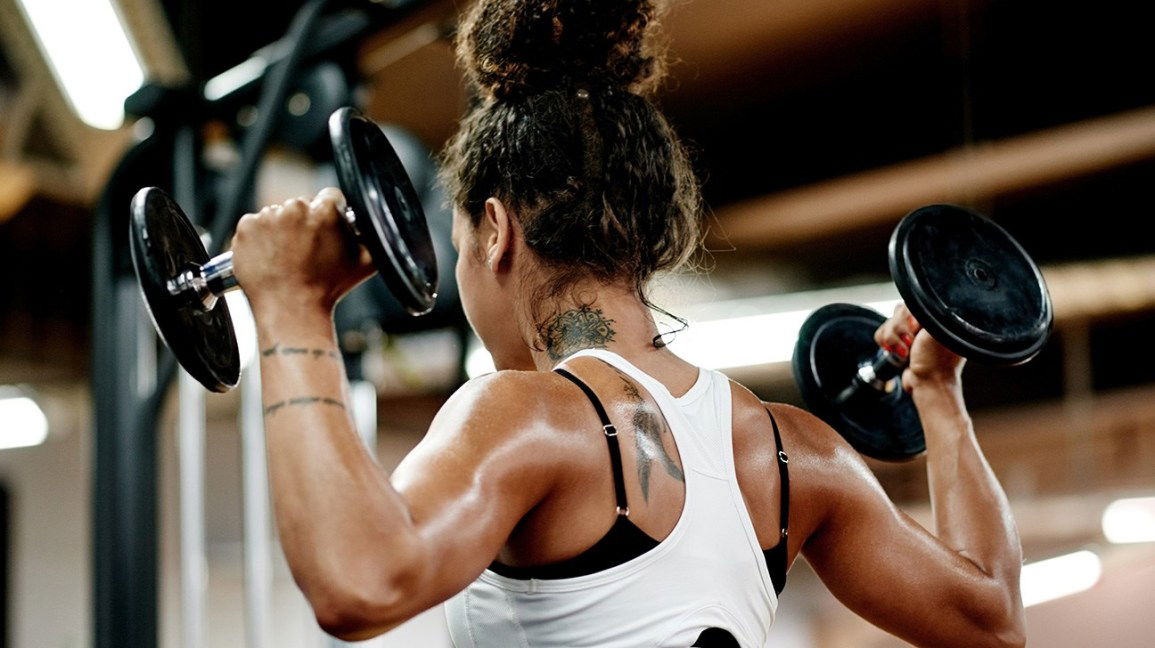The fastest and most effective way to train your back muscles

We have all heard of chest training for novices and back training for veterans. Explain the importance and difficulty of back muscles in our training. The back muscle is the larger part of the muscles of the whole body. We still need a certain amount of time and movement to do well if we want to exercise this muscle. So what do you think is the fastest and most effective way to train your back muscles? Let's go see it together!
Pull-ups
Pull-ups are an excellent exercise for back muscles. The main exercises are deltoid, rhomboid, trapezius, biceps, infraspinatus, and brachioradialis. Practice method Hold the horizontal bar with both hands wide, and pull the body with both hands until the chin reaches the horizontal bar. Keep your arms slightly bent. Then repeat the action.
Note: 1. When pulling up, focus on the latissimus dorsi. Pull the body as high as possible, and don't let the body swing. The feet cannot touch the ground when they are drooping. You can hang a barbell on your waist to add weight. 2. Inhale when the body is pulled up, and exhale when it sags.
Latissimus dorsi pull down
Practice the effective movements of the back muscles, mainly to exercise your latissimus dorsi, deltoid and brachioradialis. Generally novices are suitable for this action. Practice method: 1. Grasp the grip with both hands. Sit straight on the trainer seat. 2. Pull your hands to the upper chest, return, keep your arms slightly bent and repeat the action.
Note: 1. When coming down, the shoulder muscles should be relaxed, and the movement should not be shrugged. 2. When the movement is restored, the latissimus back muscles control the strength, rather than completely relax and restore, otherwise it will cause damage to the shoulder joints, joints and wrist joints.
Barbell rowing
Barbell rowing is recognized as one of the most effective, fastest and most commonly used training exercises for exercising the latissimus dorsi. Using this exercise can effectively stimulate the latissimus dorsi. Practice method: 1. Inhale, straight arm backward to pull the horizontal bar to the front and lower end of the calf; 2. With the force of the latissimus dorsi contraction, bend the elbow to lift the horizontal bar along the calf to the knee; 3. Continue to widen the back Muscle strength, lift the bar to the upper thigh, while the chest is slightly stiff. Finally restore, exhale. In the restoration process, be sure to use the control of the latissimus dorsi to lower the barbell slowly until the arms and shoulders are completely relaxed and the latissimus dorsi muscles are fully extended. Note: 1. Always keep your upper body straight, tuck your abdomen, tight waist, and do not arch your back and loose your waist. 2. The lifting route of the barbell is not vertical. 3. Don't use inertia when lifting the bell. When the bar is lifted to the lower abdomen, it needs to be pulled to the chest position, and then put down vertically.
Rowing
Rowing mainly exercises latissimus dorsi, trapezius, lower rhomboid, latissimus dorsi, rear deltoid, and brachioradialis. Practice method: 1. Bend your knees, lean IFAST your upper body forward, hold the bar with your arms straight down, and keep the barbell slightly off the ground. Don't hang your head down. 2. Contract the latissimus dorsi, pull the upper arm up, pull the barbell as high as possible, and stand still for one second, let the barbell slowly drop until the arms are completely straight and droop. Note: 1. Inhale when you pull up the barbell and exhale when you put it down. 2. Focus on the contraction of the latissimus dorsi when pulling up. 3. Try to keep the upper body as still as possible and exert force on the legs.



